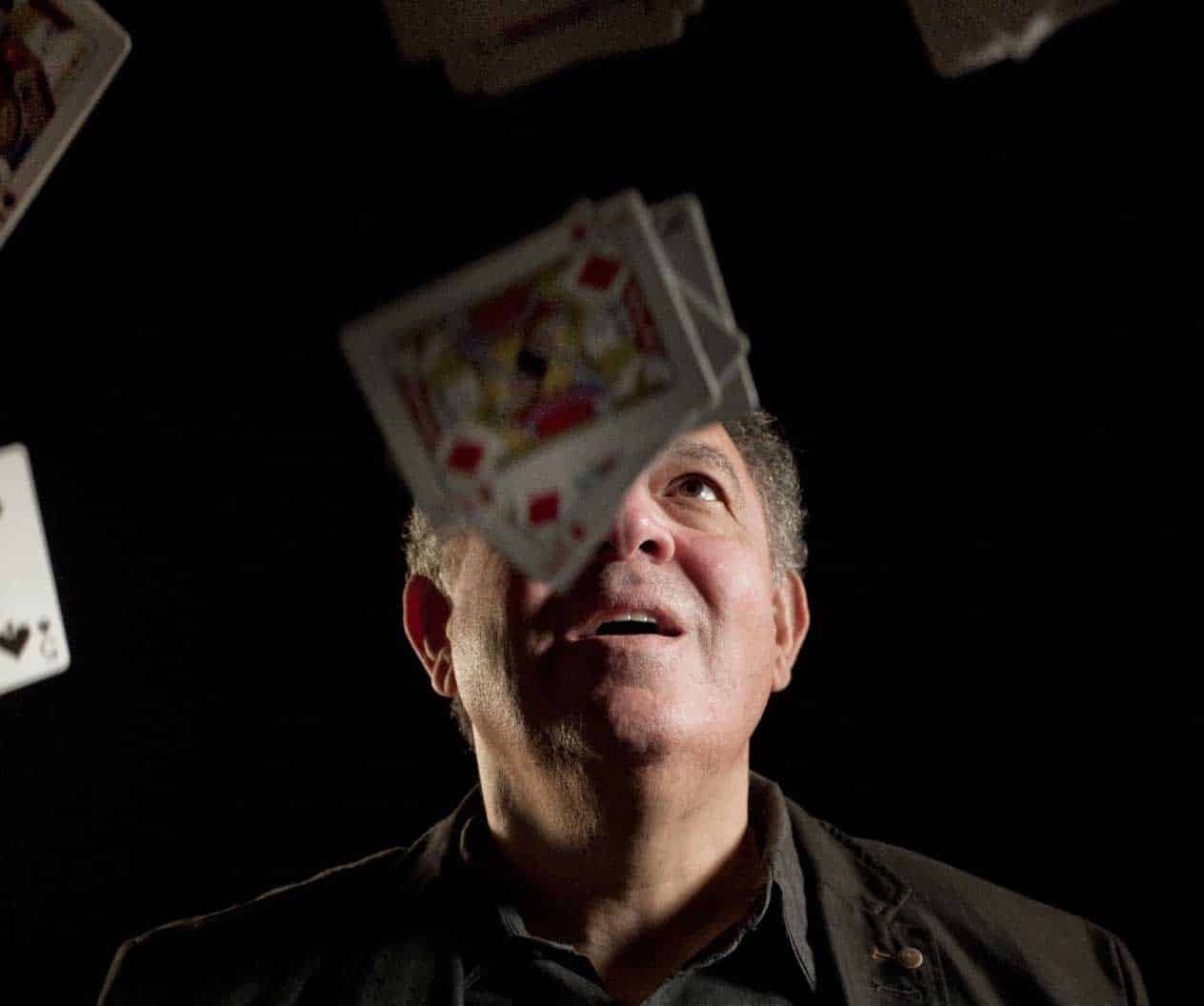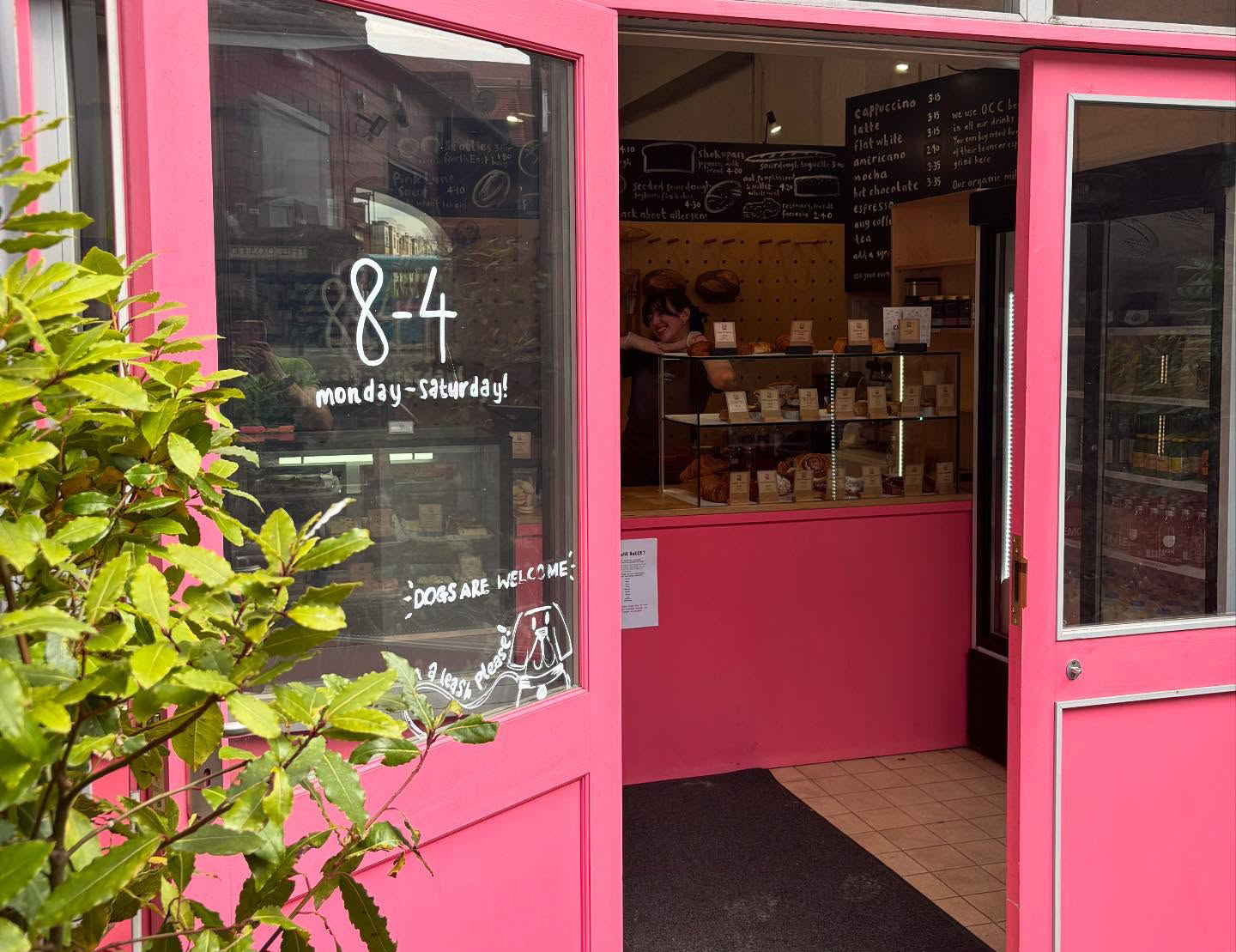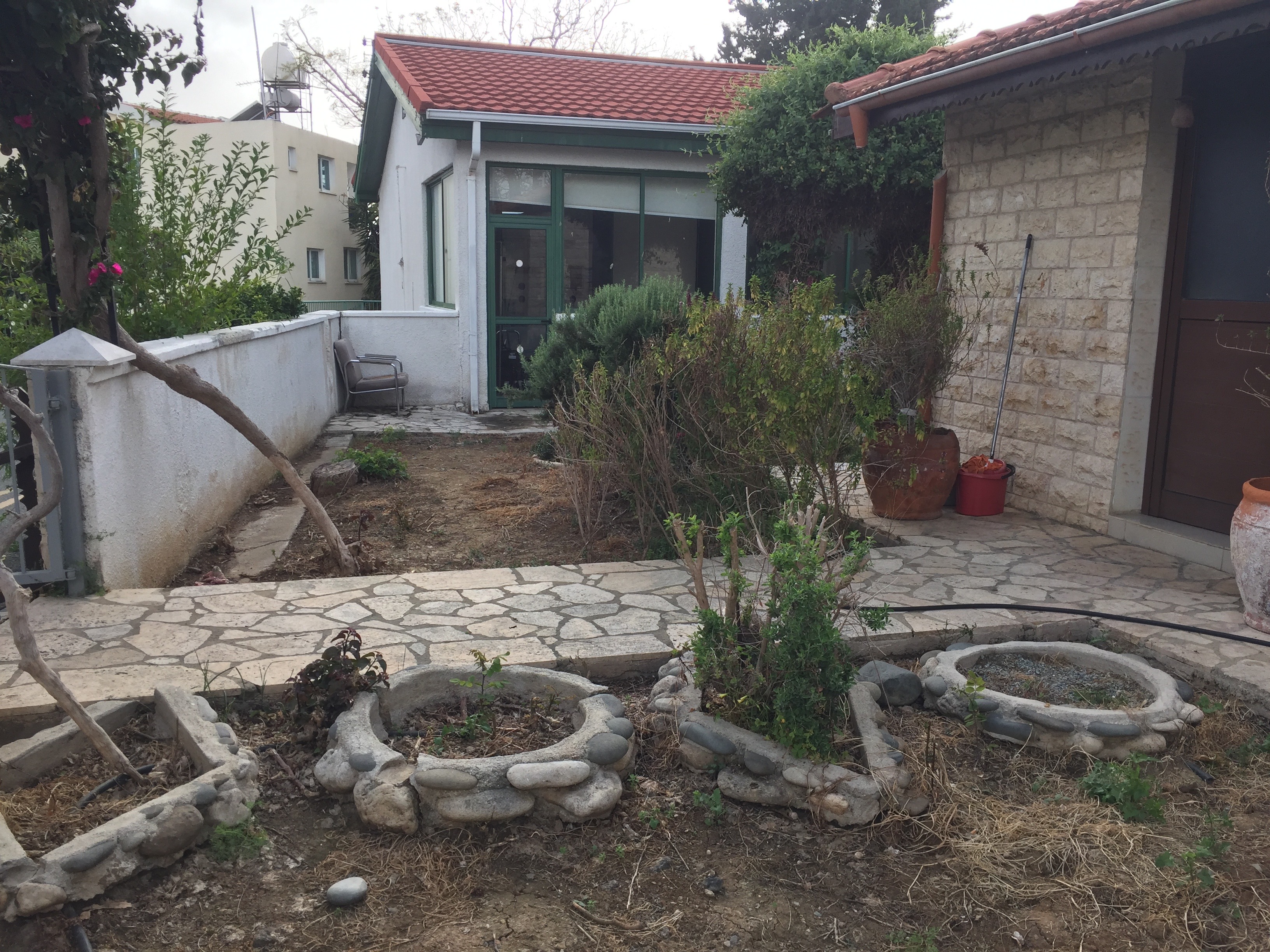Says the Cyprus magician heading to the Edinburgh festival
Dimis Michaelides, when I met him for coffee at Yiayia Victoria in Nicosia, saw me before I saw him.
It was the first time we’d met in person, and his clothes and personality were brighter than the character I’d imagined. Wearing bright, blue-rimmed glasses and a swirled green and blue button down, Michaelides shook my hand eagerly. As described on his website, Michaelides is both a “keynote speaker and an author on innovation, creativity and leadership”, but what his website doesn’t announce is that Michaelides is also a magician.
“Magic is this idea of doing something impossible, impossible in the minds of people,” Michaelides told me, as he ordered two Cypriot coffees and a bougatsa to share.
In his leadership workshops, Michaelides often uses magic to hook the imaginations of his viewers. “Anyone can make a powerpoint,” he shrugged.
Magic then – its surprise, its mystery – becomes something that he shares with his audience in hopes of bringing them together as co-workers, allowing them to revel in a shared feeling of wonder.
For the last year, Michaelides has scripted and staged a magic show of his own – one which he will bring to the Edinburgh Festival in the autumn.
On Thursday, I was invited to a sold-out preview of It’s Magic, but is it Art?, which was held in the ARTos House in Nicosia.
“I spent a long time thinking it through – what magic is and how magic can accompany a series of stories,” he tells me. “Is magic art, or is it not? If you want to really answer that question, you have to also answer the question: what is art? Art is lots of things, and the definition of art has changed over the years.”
Michaelides’ performance was structured to highlight how both art and magic have changed over time. Over the course of the hour, Michaelides presented the audience with five paintings. Each painting was paired with a series of stories and magic tricks – which were meant to reveal how both art and magic were not always widely accepted.
In Michaelides’ words, art, like magic, was “something that wasn’t always something”. Instead, to be taken seriously, artists – like magicians – had to learn to create meaning from the beauty of their work.
“Plato’s definition of art was that it was imitation. And artists, then, were expected to produce what the eye can see,” Michaelides explains. “But now, both art and magic require imagination. I love imagination. I value imagining things that are not true. That cannot even be proven to me. But let’s listen to what these things are. They’re a kind of pleasure that help us see things from a different perspective…. They reveal to us some kind of evidence – about ourselves.”
While his performance included the standard card and cup tricks, what made his show most special was its ability to make you feel as though you were part of the performance – the exhibit – itself. An elaborate storyteller, Michaelides called upon audience members to be volunteers, each one gleeful that he or she had been selected.
“Being here tonight,” Michaelides announced to the audience, “means that you are part of the show, and being part of the show means you are part of the modern work of art.”
But Michaelides’ show further diverged from typical magic shows in that it also offered acts that were not traditional magic. Referencing a silent music piece composed by American composer, John Cage, Michaelides boldly stood on stage for a minute and ten seconds in absolute silence. Strangely, this moment pulsed powerfully throughout the room, further proving, it seemed, that anything that has meaning, mystery and surprise has the capacity to be not just magic – but magical.
During our meeting before the show, I asked Michaelides what he himself believed – can magic be art?
“I think magic can be art – but not always,” he stated. “There was an American magician at the turn of the 20th century. And he said that conjuring is the only absolutely honest profession because ‘to conjure up’ promises to deceive. So in my view, magic can be art, especially if we take the contemporary definition, which is one of creating meaning. So if the magician succeeds in embodying meaning and in provoking a thought that goes beyond, magic can be art.”
On Thursday night, Michaelides’ audience seemed to agree. “It’s his storytelling that makes him so genius,” a member of the audience told me when I asked him if Michaelides had proven that magic was indeed art.
“I think, yes, sometimes magic can be art. That’s what he showed us. What we saw here tonight was art.”







Click here to change your cookie preferences